
O cenário automotivo passou por mudanças tremendas nas últimas décadas, particularmente na área de segurança veicular. Os sistemas de segurança de hoje integram tecnologia avançada para proteger tanto veículos quanto passageiros, tornando-os cada vez mais complexos, mas também mais eficazes. Central para esses sistemas estão os motores de fechadura de porta, projetados para oferecer não apenas segurança, mas também conveniência e funcionalidade.
Os motores de fechadura são indispensáveis no automóvel moderno. Eles permitem acesso e segurança sem costura, contribuindo diretamente para a experiência do usuário. A integração desses motores facilita recursos como acesso remoto, travamento central e mecanismos de travamento automático que aprimoram a segurança geral do veículo.
No cerne dos sistemas de fechaduras de portas está o motor do atuador da fechadura da porta. Este dispositivo eletromecânico transforma energia elétrica em movimento mecânico, permitindo que as fechaduras respondam aos comandos do usuário por meio de ação física. Os operadores podem acionar o motor via controle remoto ou botões internos, que engatam uma série de engrenagens conectadas ao mecanismo de bloqueio.
Motores elétricos são a escolha mais prevalente quando se trata de sistemas de bloqueio de portas automotivas. Eles fornecem alta velocidade e torque, convertendo energia elétrica em movimento mecânico de forma eficaz. Sua confiabilidade garante um bloqueio e desbloqueio rápidos e consistentes das portas, tornando-os adequados para uma variedade de veículos.
Motores servo são escolhidos para aplicações que requerem precisão. Comumente encontrados em veículos de alta qualidade, eles oferecem controle aprimorado sobre a posição do mecanismo de travamento. Esta função especializada garante que as fechaduras se engajem com precisão, proporcionando uma camada adicional de segurança.
Motores de passo, embora menos comuns, têm suas aplicações de nicho, particularmente em sistemas que exigem controle e posicionamento precisos. Seu design permite movimentos precisos que podem ser altamente benéficos em sistemas de travamento sofisticados.
Atuadores de fechadura de porta operam com base em um princípio simples: ao receber um sinal elétrico, eles ativam um pequeno motor que aciona o mecanismo de travamento para engajar ou desengajar. Este processo é facilitado por uma série de reduções de engrenagem que traduzem a rotação do motor em movimento linear necessário para trancar ou destrancar a porta.
Em automóveis modernos, os motores de fechadura de porta funcionam como parte de um sistema de fechadura central. Isso significa que uma entrada—como pressionar o botão de travar—pode operar as fechaduras em várias portas simultaneamente. Essa integração aumenta a conveniência e a segurança, garantindo que todas as portas sejam trancadas rapidamente sem intervenção manual.
A maioria dos motores de fechadura de porta automotiva é projetada para operar em um sistema elétrico de 12V, permitindo um consumo de energia eficiente enquanto fornece potência adequada. Seu tamanho e design não apenas contribuem para a eficiência de espaço dentro dos painéis das portas do veículo, mas também garantem durabilidade, posicionados para lidar com extremos térmicos e estresse mecânico.
Os materiais utilizados na fabricação de motores de fechadura de porta são cruciais para sua longevidade e desempenho. Muitas vezes feitos de plásticos ou metais de alta qualidade, esses componentes devem suportar diversas condições ambientais, incluindo temperaturas extremas, umidade e corrosão.
À medida que os veículos se tornam mais aerodinâmicos e conscientes do design, a necessidade de componentes compactos é primordial. Os motores de fechadura de porta devem caber em espaços limitados, enquanto ainda oferecem desempenho confiável, exigindo técnicas de design inovadoras.
Dada sua colocação dentro da estrutura do veículo, os motores de fechadura de porta devem ser resistentes às intempéries. Sua confiabilidade em condições adversas—como chuva, neve e umidade—garante tranquilidade para os operadores de veículos.
Sistemas de travamento central utilizam motores de fechadura de porta para oferecer maior segurança e conveniência ao usuário. Ao permitir que o motorista controle todas as fechaduras de uma vez, esses sistemas minimizam o risco de deixar uma porta destrancada, reduzindo assim a vulnerabilidade a roubos.
Autos equipados com capacidades de fechamento suave melhoram a experiência do usuário ao garantir que as portas fechem suavemente e com segurança, reduzindo a força necessária para o fechamento e minimizando o ruído.
A mudança para sistemas de entrada sem chave revolucionou o acesso a veículos. Motores de fechadura de porta são parte integral desses sistemas, permitindo o desbloqueio sem esforço através de sensores de proximidade ou chaves eletrônicas—aumentando a segurança e a conveniência simultaneamente.
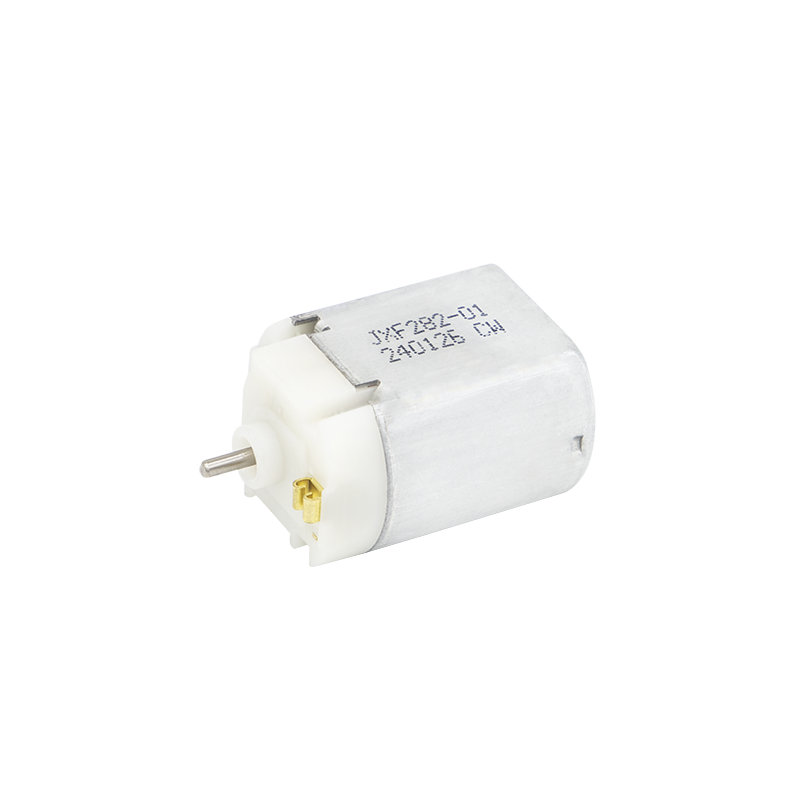 Explore JXF282-01
Explore JXF282-01
Este motor foi projetado pela Fábrica Jixin para um cliente fabricante de fechaduras de portas de carro, apresentando uma aparência externa e funcionalidades únicas. Projetado para sistemas de segurança automotiva confiáveis, ele opera de forma eficiente em um sistema de 12V, aprimorando recursos como travamento central e liberação do porta-malas.
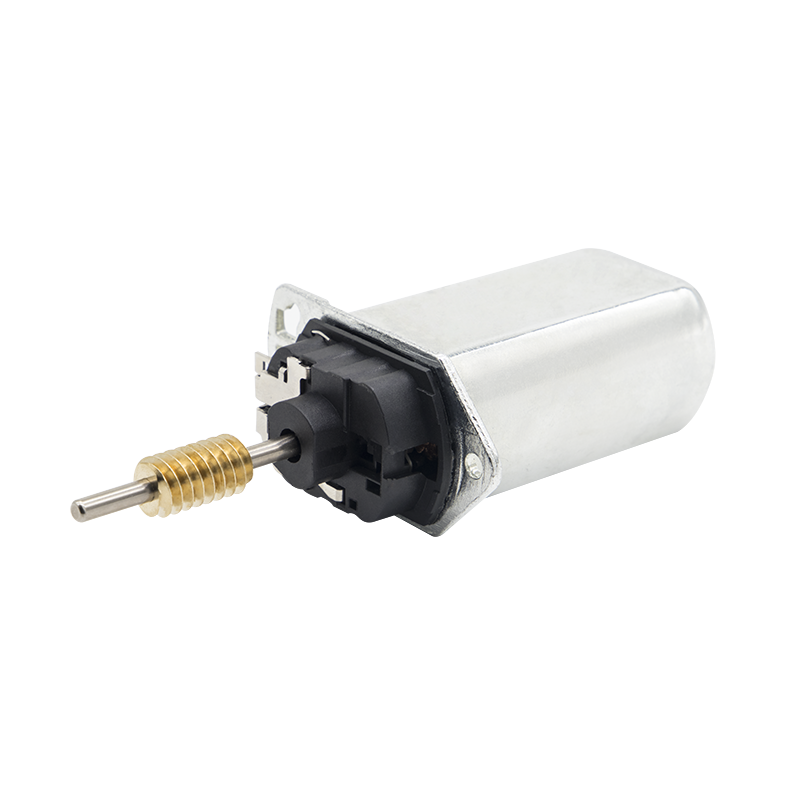 Explore JXF428-01
Explore JXF428-01
Este produto adiciona inovação ao design de carros ao integrar tecnologia de fechamento suave, melhorando a experiência do usuário ao garantir um fechamento de porta suave e silencioso.
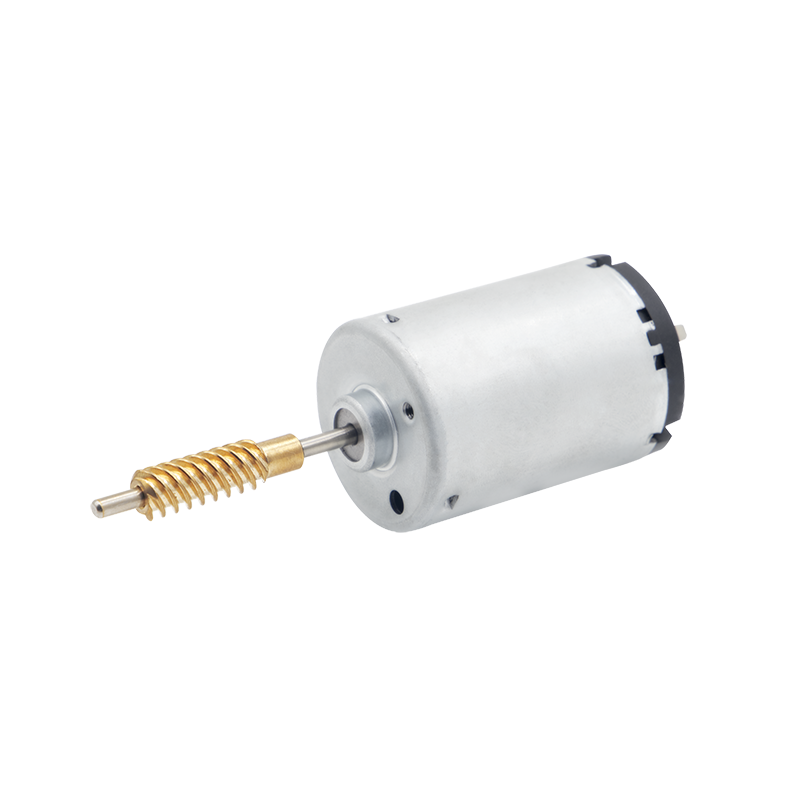 Explore JXR545-26
Explore JXR545-26
Este motor desempenha um papel crucial nos sistemas de travamento central, fornecendo controle confiável para travar e destravar veículos remotamente.
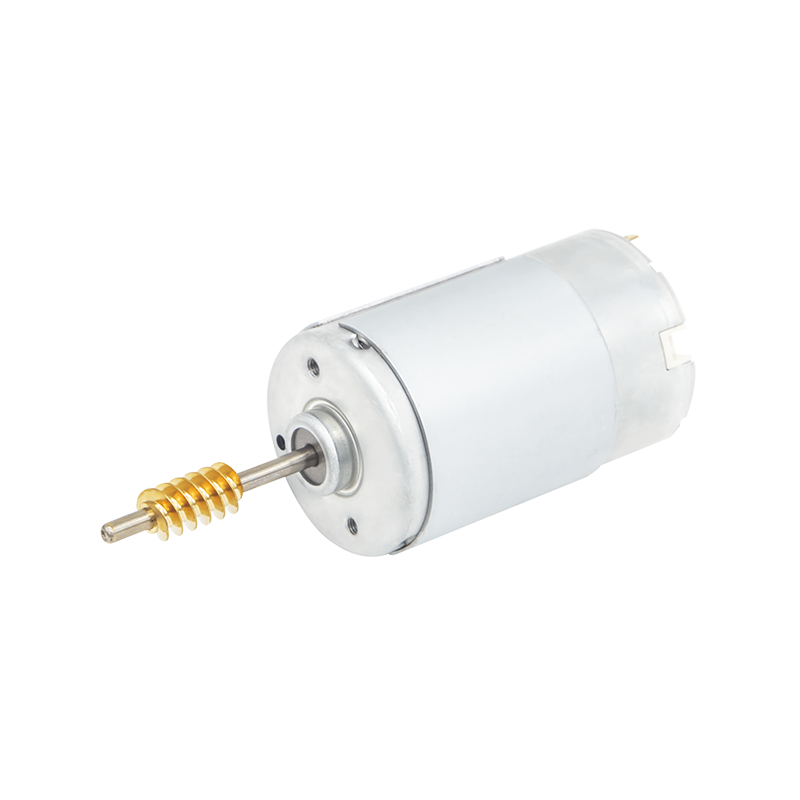 Explore JXR555PH-06
Explore JXR555PH-06
Projetado especificamente para modelos Porsche, este motor garante compatibilidade e desempenho ideais.
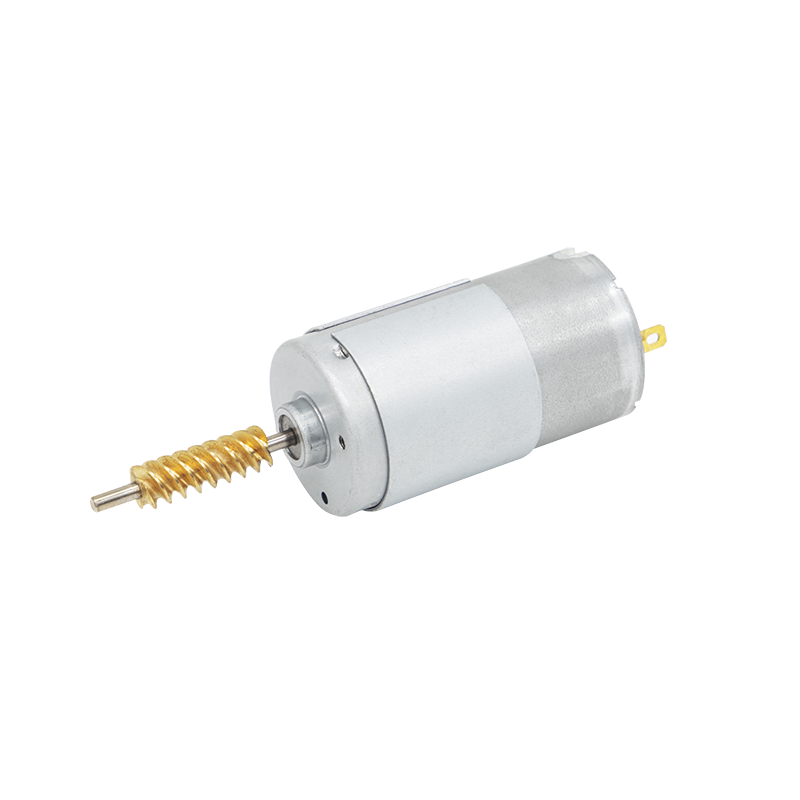 Explore JXR595PH-02
Explore JXR595PH-02
Uma solução compacta para configurações automotivas, este motor controla eficientemente as fechaduras das portas para aumentar a segurança e a funcionalidade do veículo.
À medida que a tecnologia avança, a indústria automotiva continua a ultrapassar limites. Os futuros motores de fechadura de porta provavelmente apresentarão materiais avançados, funcionalidade de tecnologia inteligente e eficiência energética aprimorada para se alinhar com as demandas em evolução dos consumidores.
Veículos inteligentes vieram para ficar, e com isso virão mecanismos de bloqueio mais sofisticados que se comunicam com outros sistemas do veículo. Este desenvolvimento promete uma experiência de condução mais coesa e ainda mais segura.
Com o aumento dos sistemas de bloqueio sofisticados, as implicações para a segurança automotiva são profundas. À medida que os fabricantes inovam e aprimoram esses sistemas, os consumidores podem esperar medidas de segurança significativamente melhoradas, reforçadas por tecnologia avançada.
o que é um atuador de fechadura de porta de carro?
Um atuador de fechadura de porta de carro é um dispositivo eletromecânico que abre e fecha as fechaduras das portas do carro, transformando energia elétrica em movimento mecânico.
como os motores de fechadura se integram aos sistemas de travamento central?
Eles trabalham juntos permitindo uma única entrada, como um controle remoto, para operar as fechaduras em várias portas simultaneamente.
quais fatores influenciam a vida útil dos motores de fechadura?
A durabilidade, a qualidade do material e as condições ambientais impactam a longevidade dos motores de fechadura. A manutenção adequada também pode prolongar sua vida.
posso substituir o motor da fechadura da porta eu mesmo?
Sim, se você tiver as ferramentas e habilidades necessárias, substituir o motor da fechadura da porta pode ser feito em casa, embora seja aconselhável consultar um profissional se você não tiver certeza.
o que devo fazer se o motor da minha fechadura de porta falhar?
Verifique a bateria do controle remoto do seu veículo ou consulte um chaveiro profissional para inspeção e possível substituição do motor.
Em conclusão, os motores de fechadura de porta de automóveis são uma parte vital dos veículos modernos, oferecendo segurança, conveniência e avanços tecnológicos. À medida que esses sistemas continuam a evoluir, entender seu design e função será essencial tanto para entusiastas quanto para profissionais do setor automotivo.

2024 © Shenzhen Jixin Micro Motor Co.,Ltd - Política de privacidade